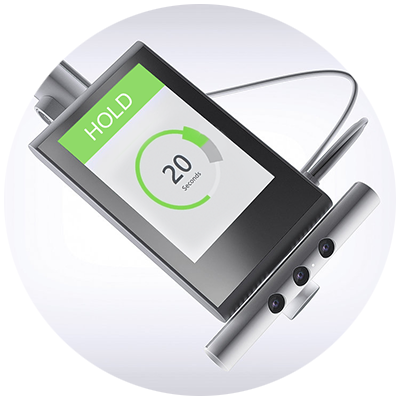Image X Institute News
News
-

NSW Outstanding Cancer Researcher of the Year 2025
—
in NewsProfessor Paul Keall, Director of the Image X Institute, has been awarded the 2025 NSW…
-

Premier’s Prizes for Science and Engineering
—
in NewsWe are delighted to announce that Professor Paul Keall, Director of the Image X Institute…
-

Series Return: Emerging Women in Physics and Radiology.
—
in NewsEmerging Women in Physics and Radiology Seminar Series 2025 We’re excited to announce the second…
-

LARK
Liver Ablative Radiotherapy Utilising Kilovoltage Intrafraction Monitoring (KIM) Improving new radiation therapy techniques for treating…
-

BRAVEHeart
Breast Radiotherapy Audio Visual Enhancement for Sparing the Heart Saving the heart from damage during…
-

Nano-X
Measuring the patient’s experience of horizontal rotation. Nano-X is a new radiotherapy machine designed and…
-

Accurate Treatment for Lung Tumours
AVIATOR: Audio-Visual Investigation Advancing Thoracic Radiotherapy. Lungs tumours are difficult to treat with a static…
-
SMART
We have developed a mask-free system to remove the need for a thermoplastic immobilisation mask…
-
Nano-X Image Guidance
In this trial, we will use the Nano-X patient rotation system with the radiotherapy system,…
-
MAGIK
This trial will use implanted markers to determine the feasibility of Markerless Image Guidance using…
-
SPARK: Stereotactic Prostate Adaptive Radiotherapy utilising Kilovoltage intrafraction monitoring
Prostate motion during radiotherapy treatment delivery may shift the tumour outside the beam, simultaneously reducing…
-
LIGHT-SABR – Phase I Feasibility study of Lung Cancer Radiotherapy using Real-time Dynamic Multileaf Collimator Adaptation and Radiofrequency Tracking
In this investigation, patients being treated with Stereotactic Body Radiotherapy (SBRT) for lung cancer will…